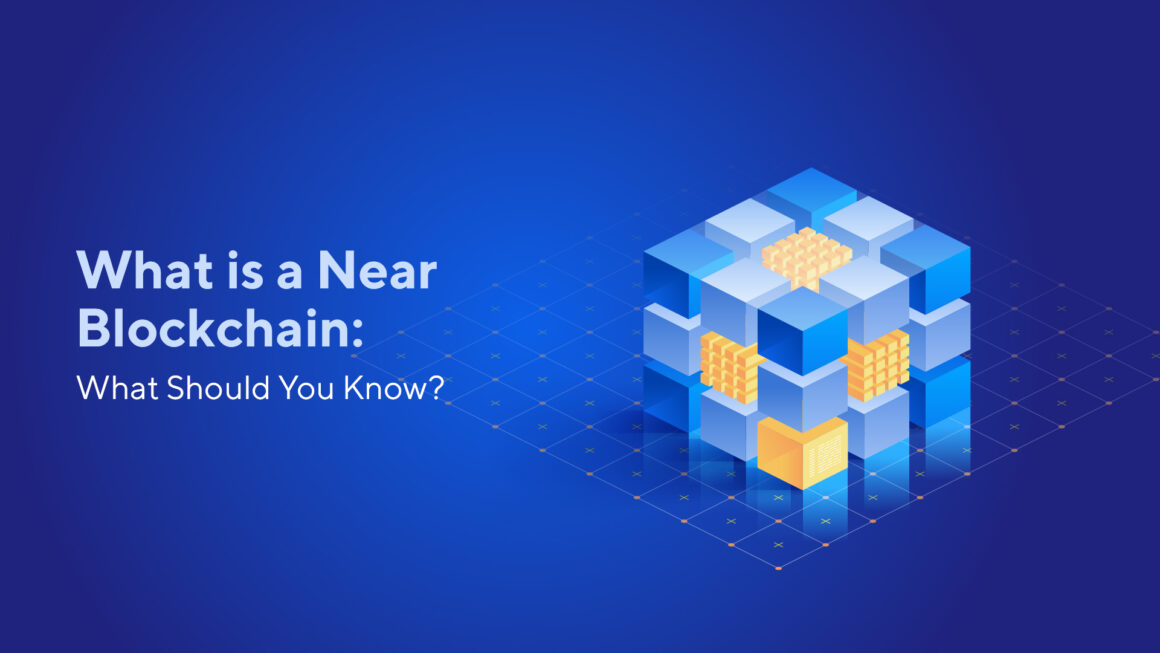More and more investors are looking for alternatives to classic cryptocurrencies such as Ethereum and Bitcoin. While Bitcoin is considered digital gold, Ethereum ranks as a leader in use of smart contracts.
Numerous projects use the Ethereum blockchain to ensure security of their network. However, there are numerous competitors who offer alternative options for users. A good example is Near blockchain, which is one of Ethereum’s strongest competitors.
The Near protocol is based on a concept that focuses on scalability. This problem is still one of the most important in a crypto sector and a weak point of many blockchains. It’s important to ensure security, decentralization, and scalability, although currently only two of the three factors can be implemented (blockchain trilemma). Near Protocol is based on a new mechanism that breaks down information from the blockchain into individual fragments and can therefore process it more quickly.
Near blockchain is one of the latest projects that offers a lot of potential for developers. A development team, which is considered to be very promising in a field of decentralized apps, also caused quite a stir. In July 2020, one managed to raise 12.1 million US dollars within a framework of financing.
Near Blockchain: A Step-by-Step Guide
A Near token is a basic currency in the network based on the Proof of Stake (PoS) algorithm. It’s considered to be inexpensive, efficient, and safe. This consensus is considered an ideal one as the focus of the project is on the development of decentralized applications (dApps).
Moreover, an increasing number of users means that more transactions have to be processed. This caused problems with Ethereum Blockchain, for example, when certain applications required a large number of transactions and thus impaired the network.
Near blockchain is based on a sharding mechanism to achieve a very high level of scalability. The blockchain is divided into individual fragments (shards) and several nodes are created. They can function independently of one another and thereby relieve a main chain of the Near blockchain.
Ethereum 2.0 would also like to integrate this function in the next update. By distributing it over several million nodes, billions of transactions can also be processed. This can create a basic infrastructure that is particularly suitable for developers of decentralized applications.
What Does a Sharding Mean?
Blockchain’s scalability is currently one of the greatest challenges for developers. Examples such as Bitcoin and Ethereum show that data overload can arise as demand increases. This means higher costs for users and longer waiting times for transactions. A higher scalability also comes with a restriction in terms of decentralization and security.
Many blockchains currently solve the problem with the use of sidechains, such as Bitcoin’s liquid network. In this case, transactions are processed in a parallel network, which relieves the Bitcoin blockchain. However, this is done via the Blockstream central provider and therefore contradicts the principle of Bitcoin as a decentralized currency.
With sharding, Near Inc. pursues a different approach in order to ensure high scalability with the same security and decentralization. Instead of transferring the data to a sidechain, different nodes only store part of the blockchain.
This means that they don’t have to check the entire blockchain (account balances, contract data, storage, and much more), but only the assigned part. This means that the validation of individual shards is much faster because they work in parallel.

Leave a Reply